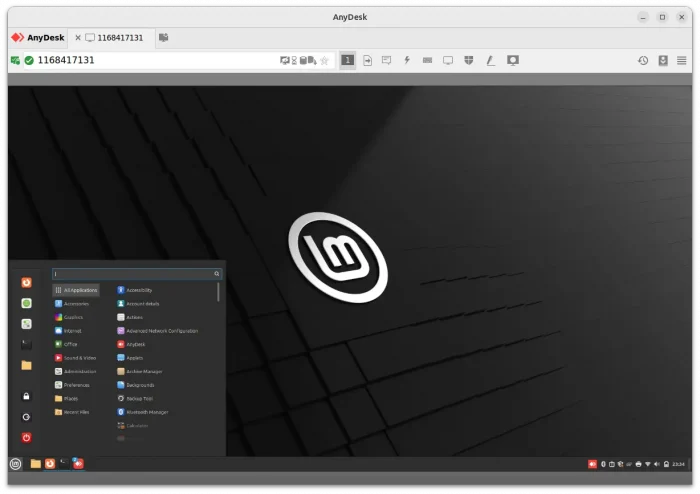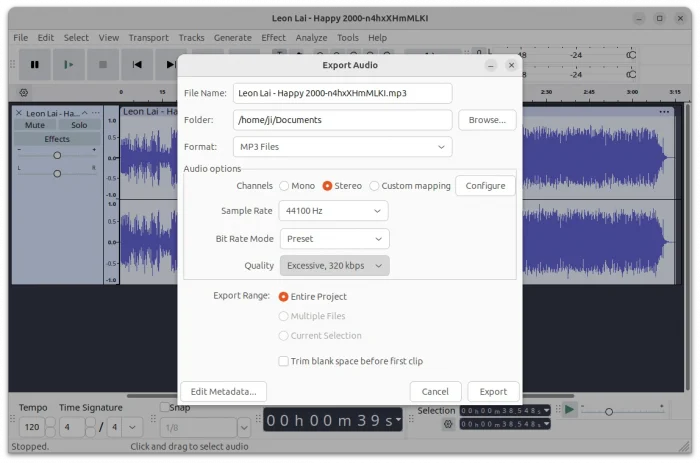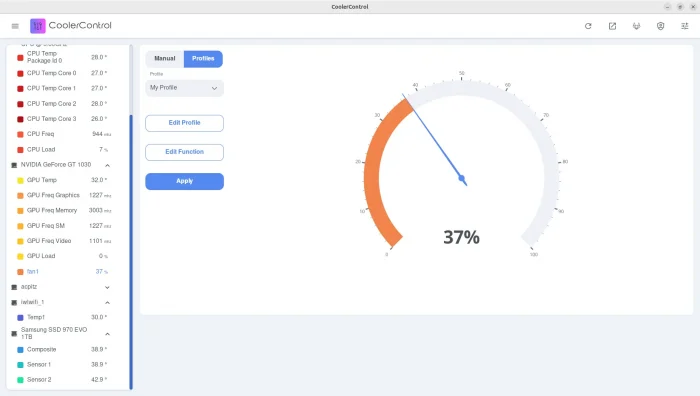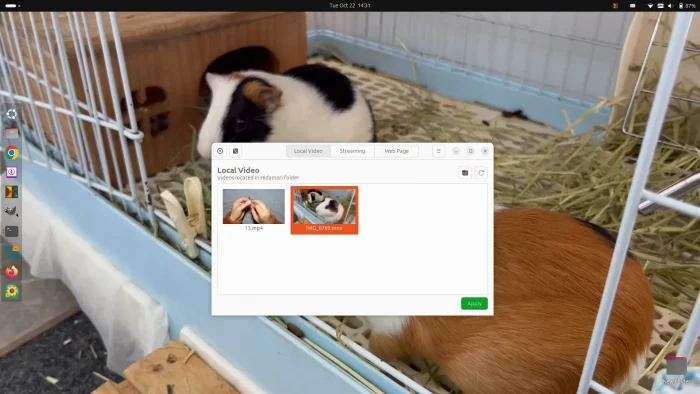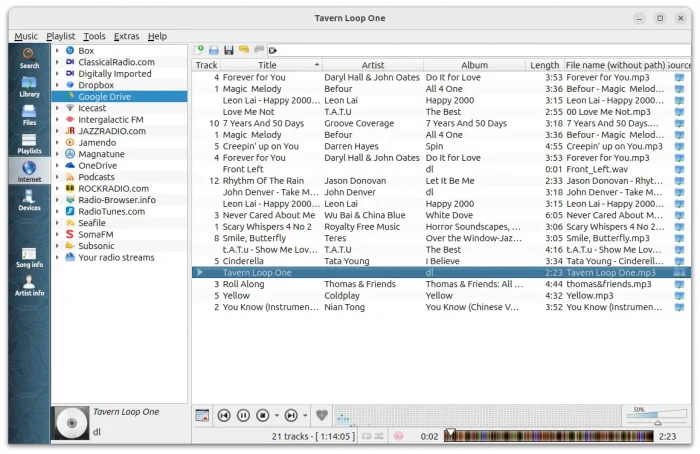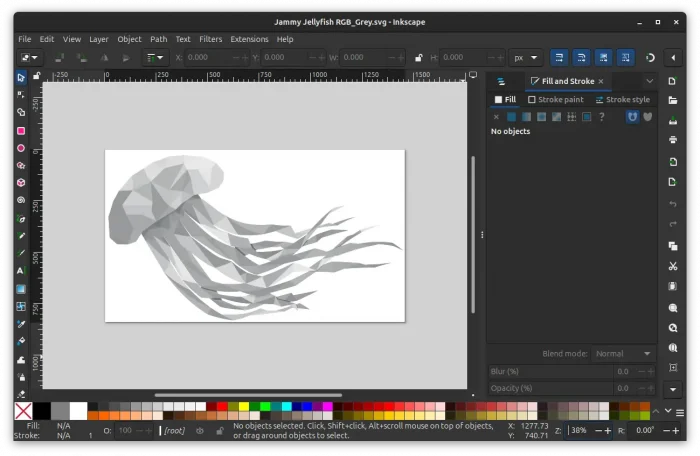This tutorial shows how to install and configure AnyDesk for remote desktop access in Ubuntu 24.04 and Ubuntu 25.10.
AnyDesk is a popular remote desktop application works in Linux, Windows, macOS, Android, and iOS. It features full remote access, file manager and file transfer, chat, VPN, wake-on-lan, and more.
For Debian, Ubuntu, and Linux Mint based systems, AnyDesk is available to install through either way below:
- native .deb package, and apt repository to keep it up-to-date.
- Flatpak package – runs in sandbox, maintained by open-source community.
Both so far supports only amd64 (Intel/AMD) CPU architecture types.



